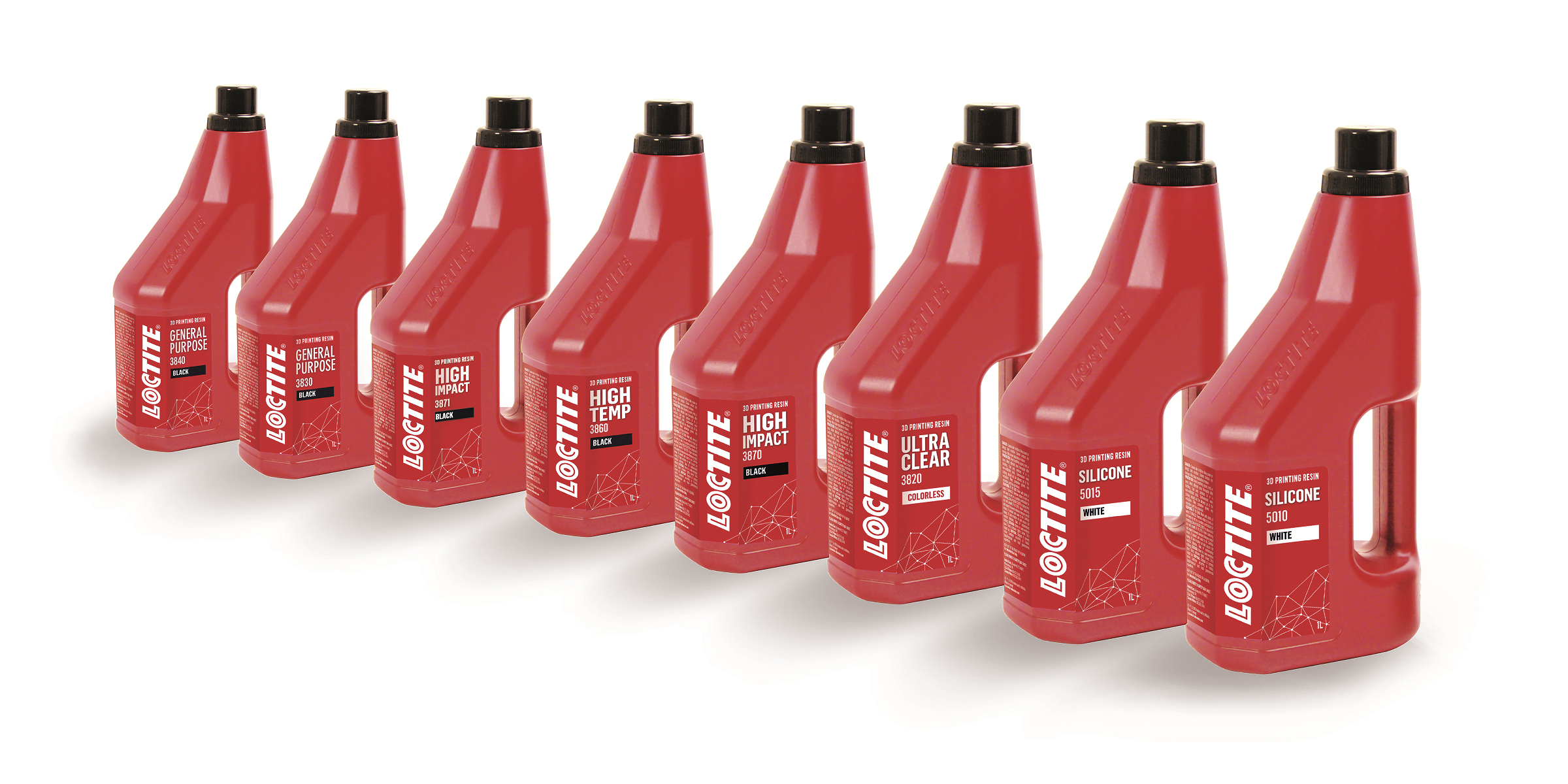Global chemical firm Henkel has announced its resin 3D printing facility in Dixon, California has achieved zero production waste to landfill (ZWTL) status.
The site joins eight other Henkel production facilities in the US in achieving ZWTL, and more than 66 percent of the company’s facilities worldwide also hold the status as part of the firm’s sustainability strategy.
“Waste reduction is commonly thought of as one of the big benefits of additive manufacturing,” said Jake Kisner, Operations Manager, 3D Printing at Henkel. “However, the major focus today is on a narrow part of the supply chain. Certainly, there is less waste in production when comparing with a subtractive technology like machining, but there are also opportunities upstream, before a job is ever printed.”

Achieving ZWTL in Dixon
Henkel’s Loctite brand enables 3D printing applications in sectors spanning automotive, aerospace, engineering, and consumer goods. The company’s Dixon 3D printing facility manufactures resins for the 3D printing of these applications, and is considered by Henkel to be a “global center of excellence” in this area.
The facility produces a variety of non-hazardous materials including cardboard, paper, and other packaging materials, which are recycled. Other waste materials produced by the facility which are not as easy to recycle were, up until recently, sent to landfill sites.
The team at Dixon developed new capabilities and business processes that allow them to process additional materials for energy recovery that enable the facility to reach its goal of achieving zero production waste to landfill.
According to Henkel, the process is scalable and as its 3D printing business grows the environmental benefits will become more profound, as best practices can be implemented across its other facilities.
“Achieving ZWTL status at the Dixon facility demonstrates our 3D printing team’s resolve in helping Henkel achieve its environmental goals,” said Kisner. “Not only did we have to identify all the materials we were sending to landfills and find a way to recycle them, we also had to create and implement new processes.
“The motivation and contributions from our employees were evident. They were excited to impact change, both within our company and for society as a whole.”
Henkel’s sustainability strategy
Henkel’s sustainability strategy seeks to add value through its business activities while reducing its environmental footprint. Alongside aiming to triple the value it generates from its products and service by 2030, the firm is looking to improve the efficiency of its operations.
Over the next decade, Henkel will address three key areas within its sustainability strategy: energy and climate, materials and waste, and water and wastewater.
“We are committed to fulfilling our sustainability promise,” said Kisner. “From a materials and waste perspective, we are working to reduce resource consumption, leverage renewable raw materials, and streamline our packaging to minimize waste. But we’re also keenly focused on improving our recycling efforts.”

Improving sustainability within 3D printing
As awareness of the need to improve sustainability within manufacturing continues to grow, more and more companies are seeking to improve their own processes in order to reduce their environmental footprint on the planet.
The likes of Czech 3D printing filament producer Fillamentum and 3D printing materials firm Polymaker have recently developed new 3D printing materials that offer biodegradability and are engineered to impart less of an environmental impact. Elsewhere, 3D printing service provider Materialise’s Bluesint PA12 process technology, which enables 3D printing with up to 100 percent recycled powder, has begun to be offered commercially.
Towards the end of last year, 12 leading additive manufacturing companies joined the Additive Manufacturer Green Trade Association (AMGTA) in an effort to advance sustainability within the 3D printing sector. The organization launched a systematic review into the environmental impact of metal 3D printing in June 2020 and published the results later that year.
Most recently, leading 3D printer manufacturer EOS was selected to represent the 3D printing sector as part of the international business community’s 50 Sustainability and Climate Leaders initiative. Alongside its involvement in the project, which gives companies a platform to work together to combat climate change, EOS also announced the rollout of a “holistic sustainability approach” seeking to promote responsible manufacturing in the sector.
Subscribe to the 3D Printing Industry newsletter for the latest news in additive manufacturing. You can also stay connected by following us on Twitter and liking us on Facebook.
Looking for a career in additive manufacturing? Visit 3D Printing Jobs for a selection of roles in the industry.
Featured image shows Henkel’s 3D printing production facility in Dixon, California. Photo via Henkel.


